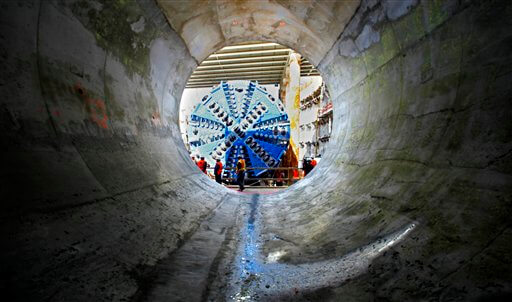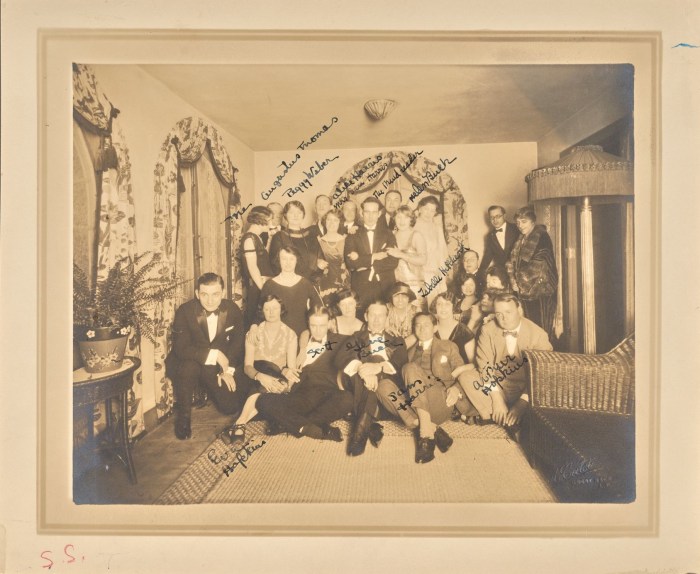
Tunnel boring machines completed digging the last of four channels as a part of the massive, multi-billion dollar East Side Access project last month, but the first LIRR train to Grand Central Station is still at least seven years away.
The project is one of several that the Metropolitan Transportation Authority is undertaking that will shorten commuting time, modernize its station infrastructure and improve safety.
“Investments in expansion projects provide customers with new or added options—keeping the LIRR a vital asset in the economic growth and vitality of Long Island and the region,” said Sam Zambuto, an LIRR spokesman.
The main project is the East Side Access, which the MTA hopes to complete by August 2019. That will significantly cut commuter time for LI residents who work on the East Side of Manhattan but currently only can travel through Penn Station on the West Side.
The MTA said the construction will not have much impact on commuters other than a few train cancellations and delays. But Mark Epstein, chairman of the LIRR Commuter Council, said riders are beginning to feel the impact and believes that the MTA should focus on completing other projects to ease congestion before the East Side Access, such as the construction of a second track at the Farmingdale station.
“It hasn’t affected us directly,” said Epstein. “But I think it’s starting. It’s just beginning. We ask that they notify us in advance and limit construction hours.”
Epstein also said that the completion of the East Side Access Project will end direct train service to the Atlantic Terminal in Brooklyn and force commuters to transfer at Jamaica Station for the train to Brooklyn.
“If it’s anything like going to Penn Station, the train will be right there,” said Stony Brook University student Amoret Moore who commutes from Brooklyn. “If it’s a quick transfer, then it shouldn’t be a problem.”
LIRR bridges and tunnels are also undergoing renovations, including Penn Station’s four century-old East River Tunnels, where the track and drainage systems are being rehabilitated to prevent leaks and improve the tracks. Completion is estimated to be sometime in 2016.
The MTA has also scheduled repairs to be made at the LIRR headquarters in Jamaica. That construction will not affect commuters and should be completed this year.
And at the Massapequa station, the entire platform will be replaced and repairs will be made to its under-structure. The waiting room will also be renovated along with the communication, security and drainage systems. A hydraulic elevator will be added as well. Construction has not yet begun, but is estimated to be completed by 2015.
“Some of the stations are very old, and they need to be repaired,” said Hicksville resident Emily K., who asked that her last name not be used. “The edges, the gaps, some of them need improvement.”



































